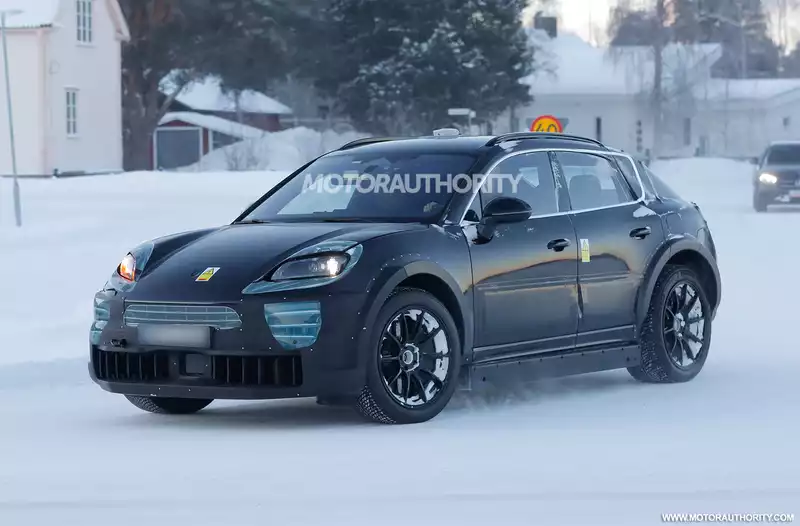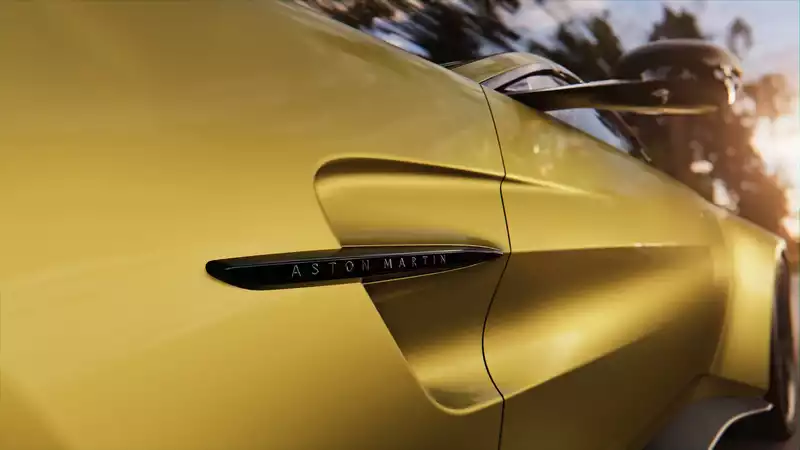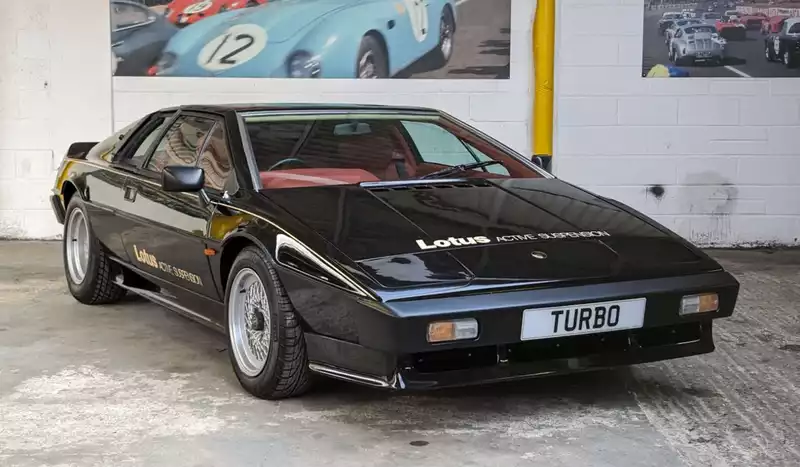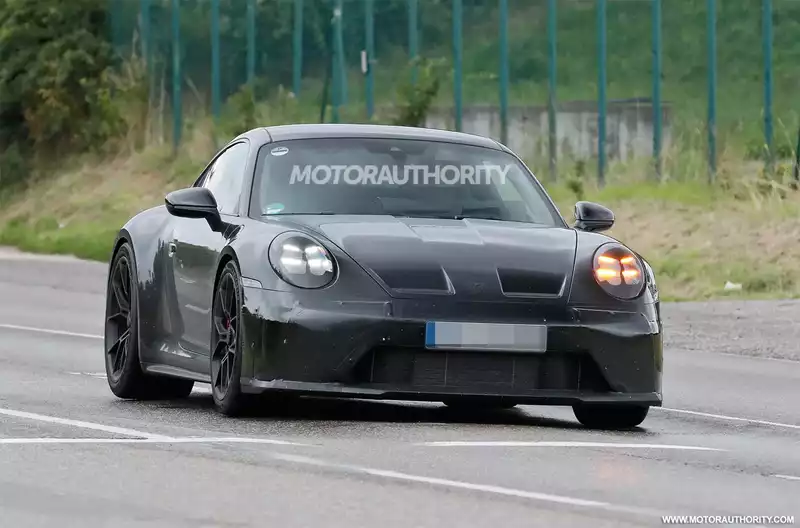Deep Dive The Mercedes-Benz Unimog was originally a tractor.
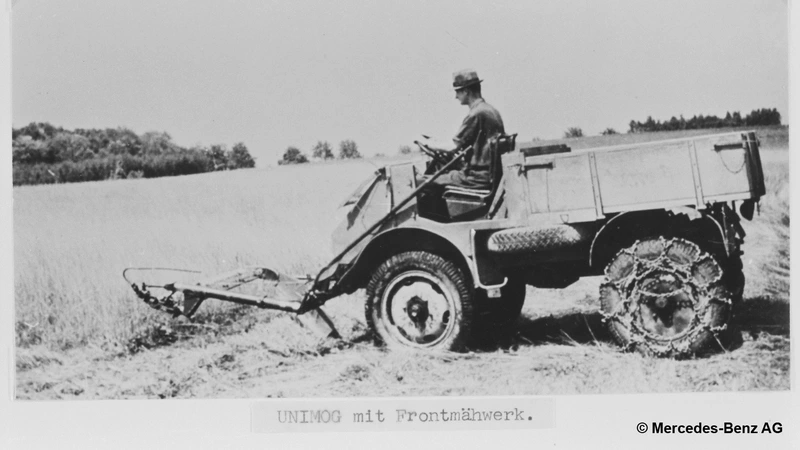
Many great automakers have ties to agriculture. Lamborghini made tractors before it made supercars, and Porsche and Ford have dabbled in farm equipment for years. So has Unimog. This multi-purpose work vehicle sold by Mercedes-Benz was originally supposed to be a tractor.
The Unimog was born in 1945 in a devastated postwar Germany. The vehicle was designed by Albert Friedrich, who had been the head of aircraft engine design at Daimler-Benz. Friedrich's first drawing was for an "engine-powered general-purpose machine for agriculture," a description that is still partially referenced in the Unimog name, which is discussed below.
Its original plans called for four-wheel drive, four equal-sized wheels, and 25 hp. It was also designed, according to Mercedes, with a track width of 1,270 mm, the same as two rows of potatoes.
However, the Unimog was designed for use on the road as well as in the fields. The design called for coil springs to provide a smooth ride and a top speed sufficient for use on public roads. Tool attachment points and power take-offs (allowing the engine to drive accessories) further increased versatility.
A prototype was completed in 1946 and given the name "Universal-Motor-Gerät," or "universally applicable electric machine." This name was eventually shortened to Unimog, but Friedrich and his business partners had to produce the machine first.
Friedrich had received permission from the American occupation forces to begin production (a necessary step in the immediate postwar period), but was turned down by the old guard at Daimler-Benz. Instead, machine toll manufacturer Boehringer built the first Unimog, and production began on a large scale in August 1948.
Behringer produced about 600 Unimogs through the summer of 1950, but could not keep up with demand. Convinced of the Unimog's early sales success, Daimler took over production of the Unimog later that year. The Unimog has worn the Mercedes three-pointed star ever since.
Since then, the Unimog has evolved through several generations while maintaining the basic template of a compact four-wheel drive chassis. The current generation of Unimog can be fitted with everything from snowplows to lawn mowers and can drive on rails as well as dirt and pavement. Earlier this year, the Unimog set a new altitude record by climbing Chile's Ojos de Salado volcano to 21,961.94 feet.
